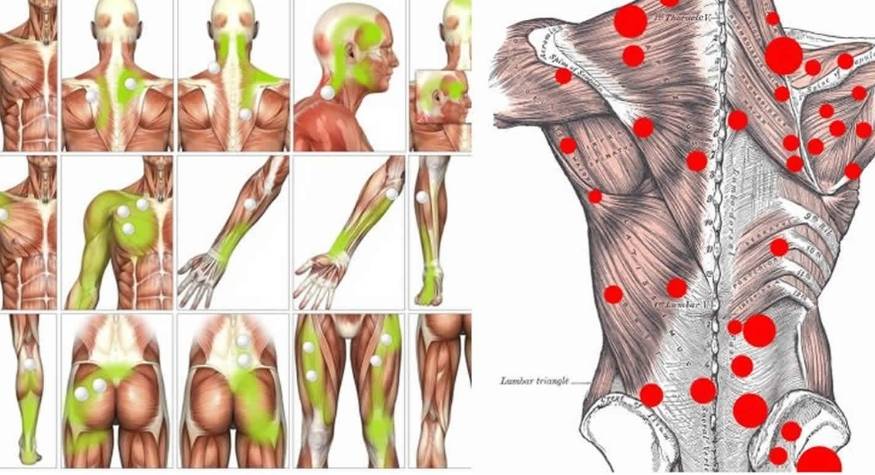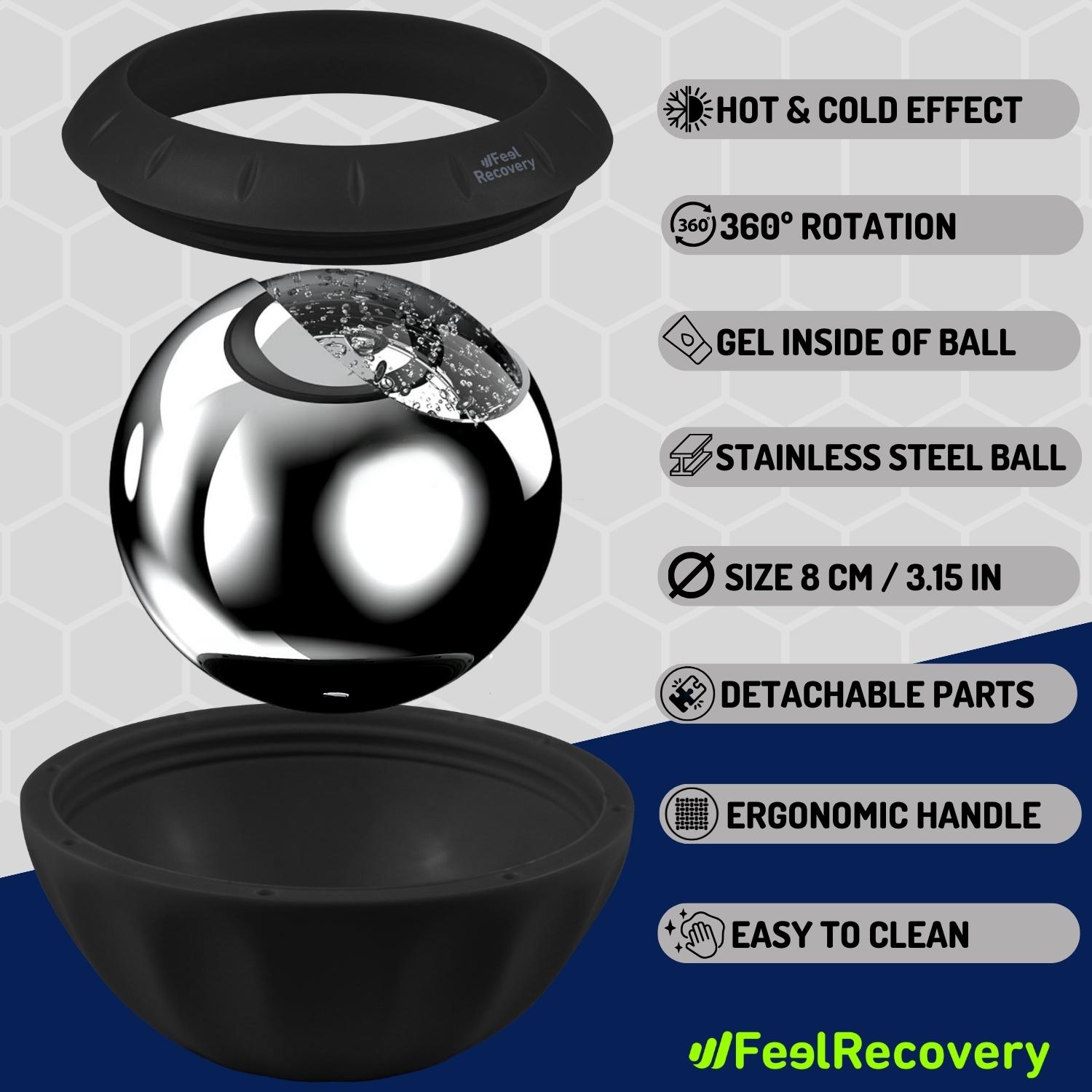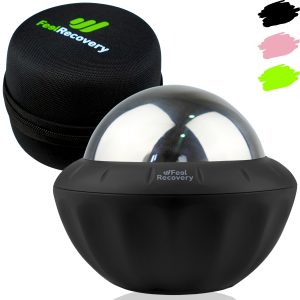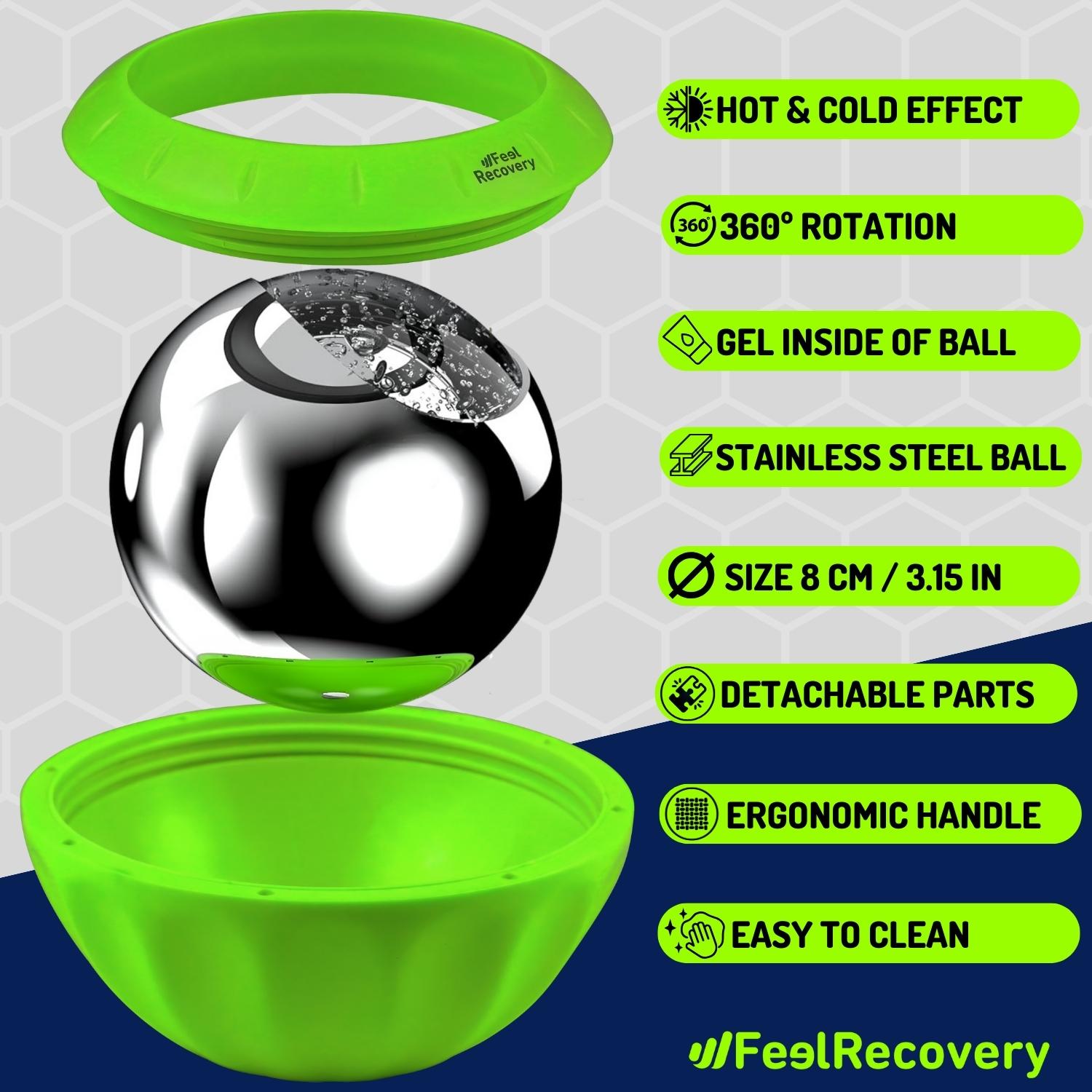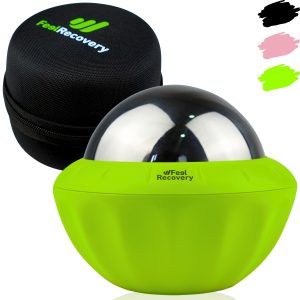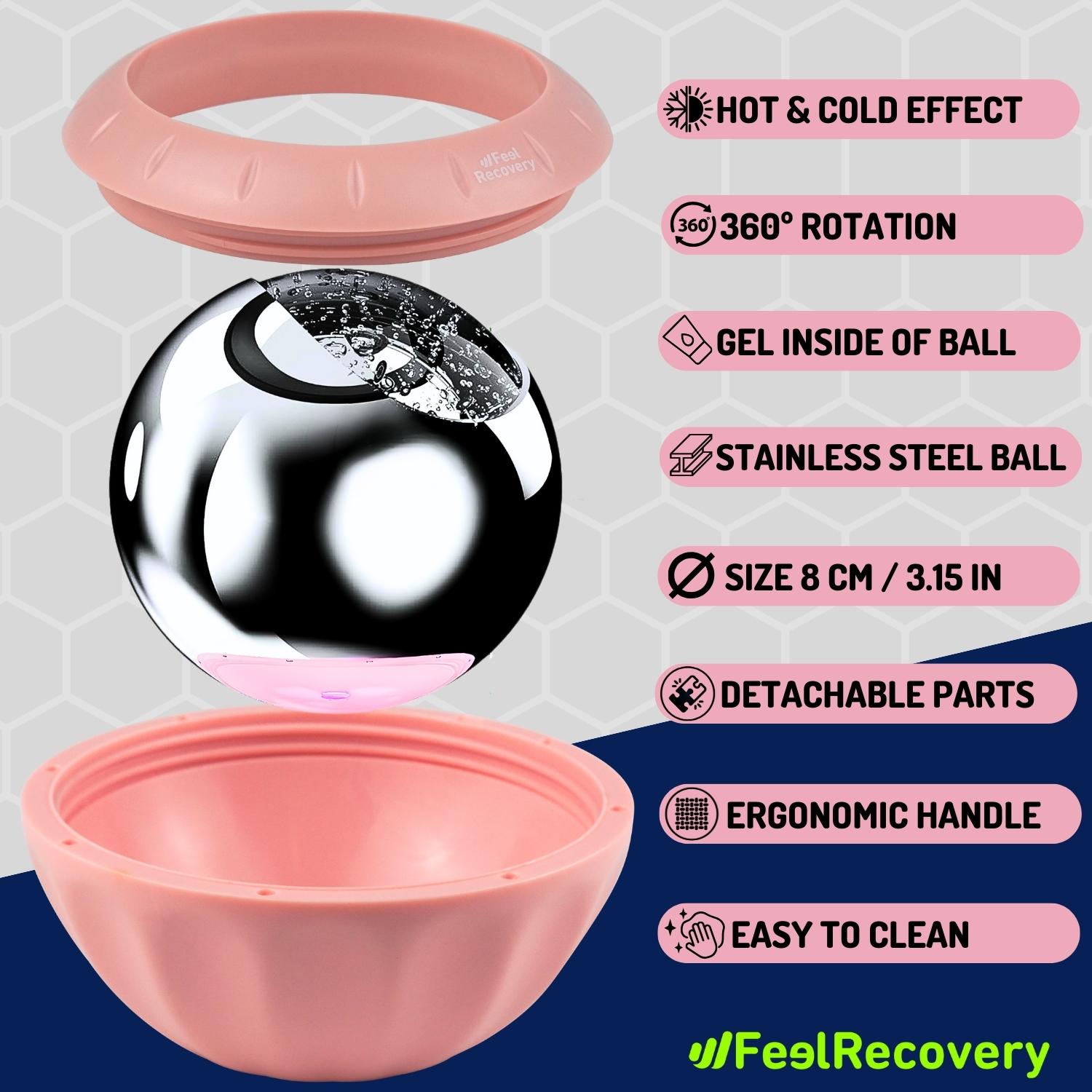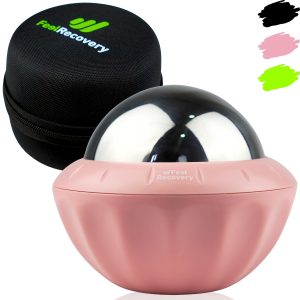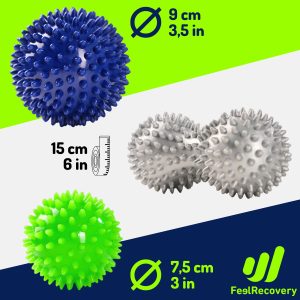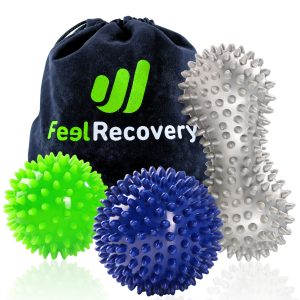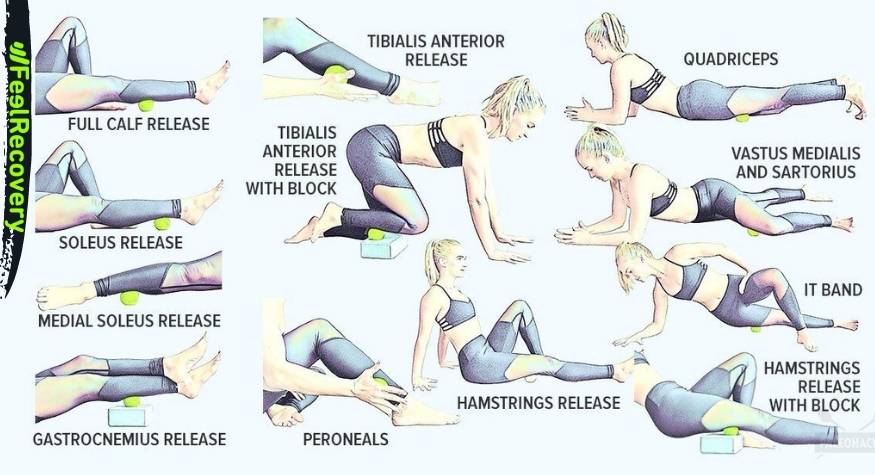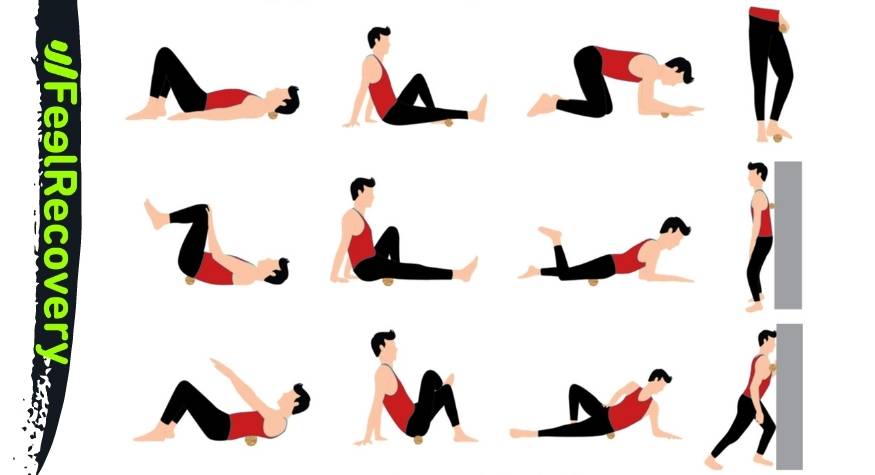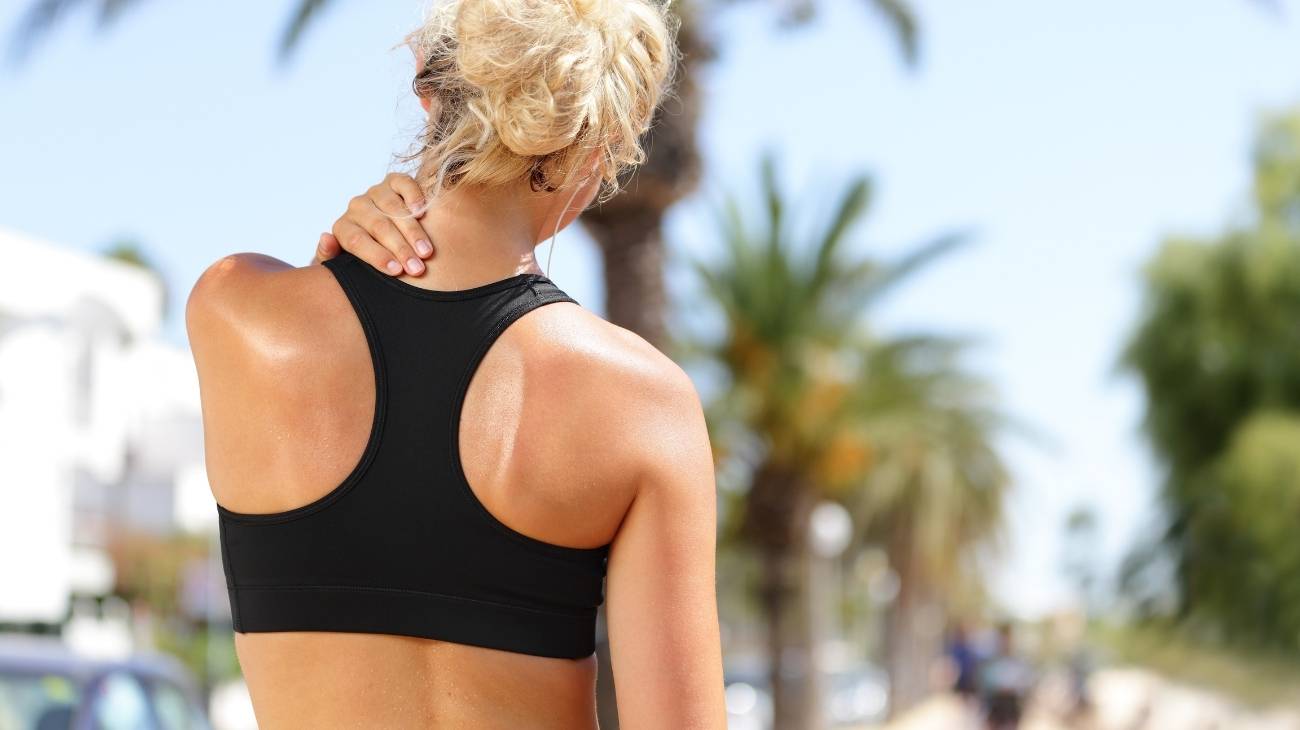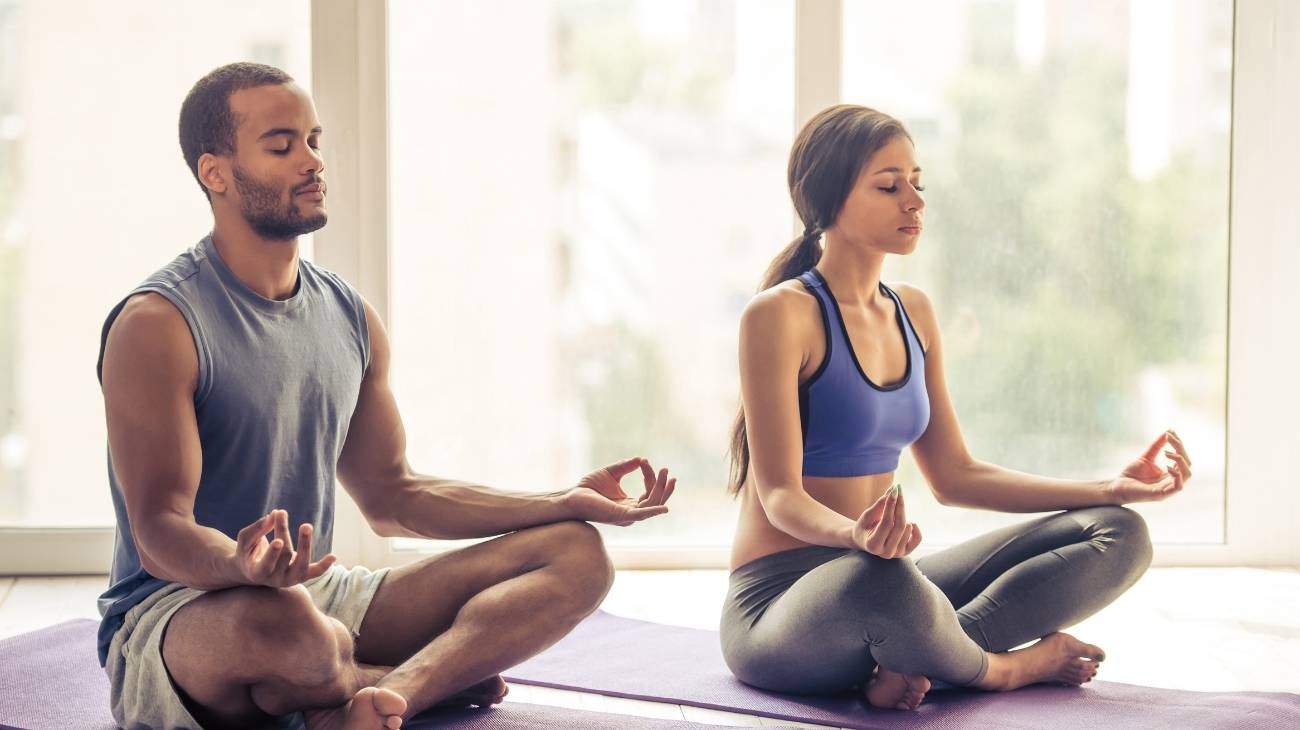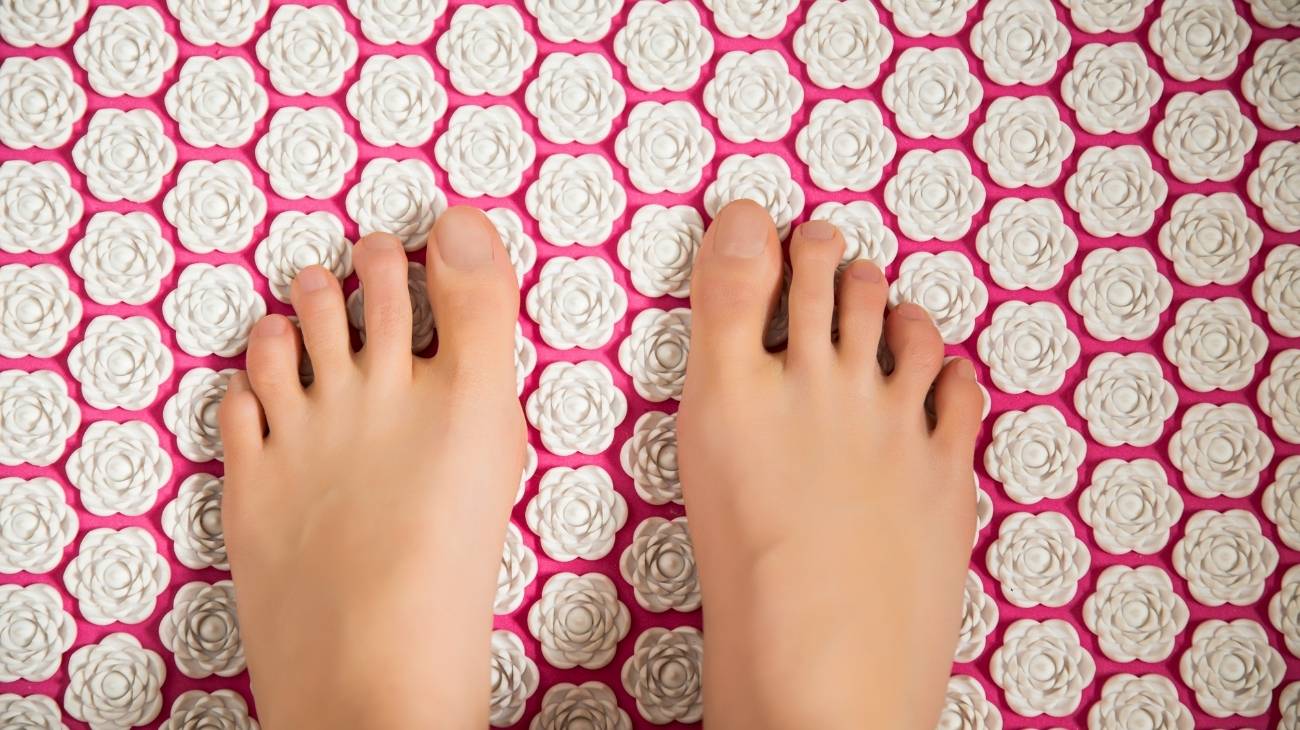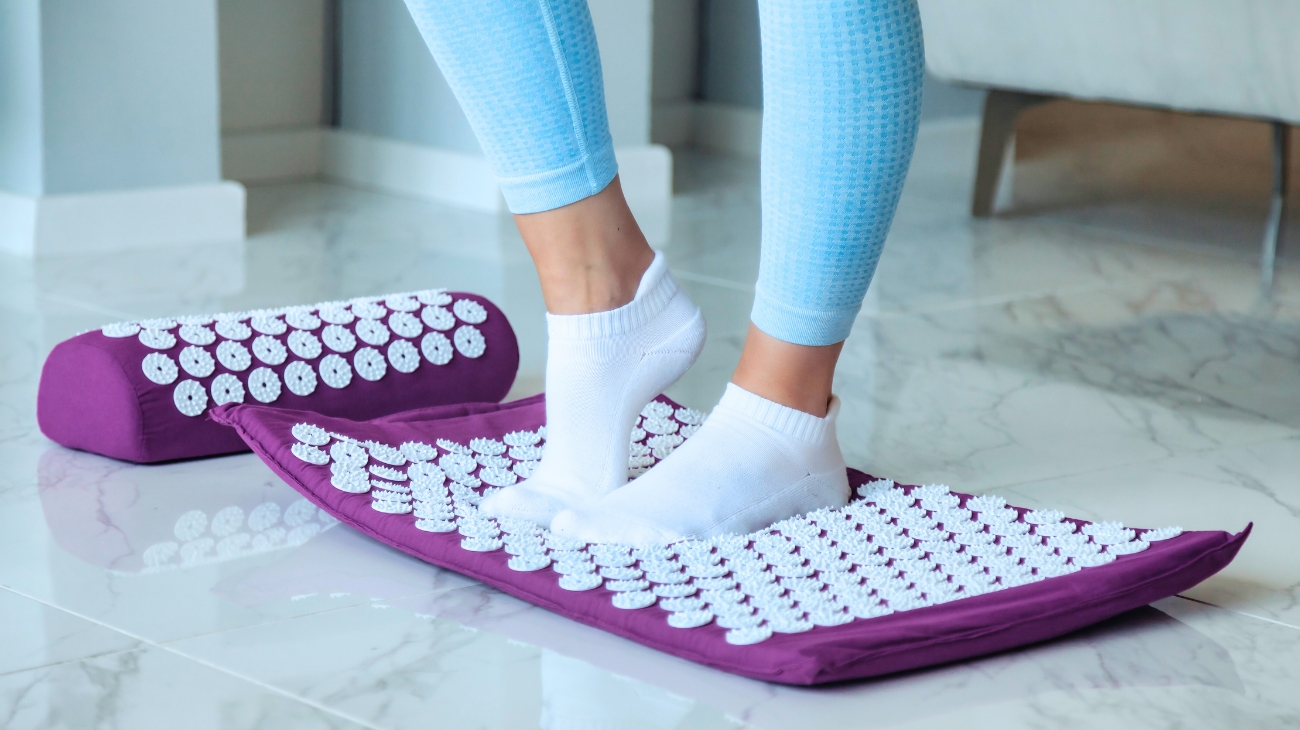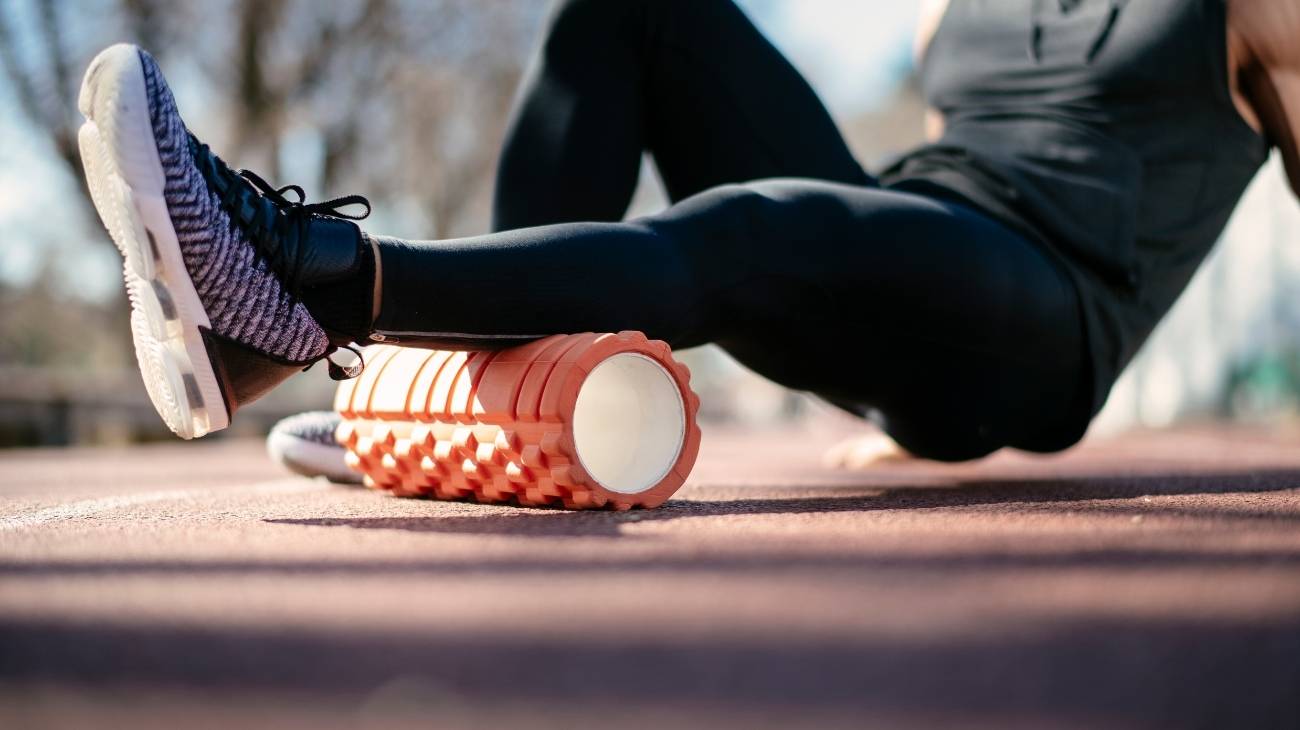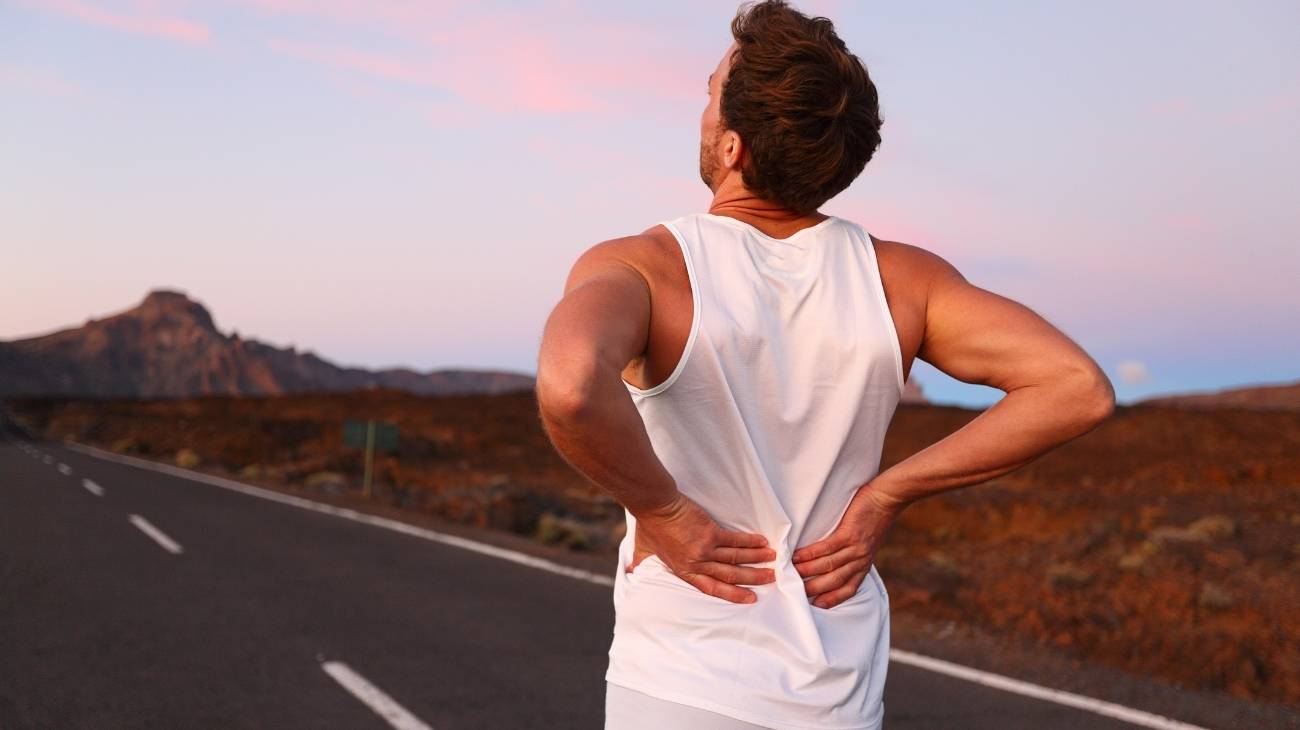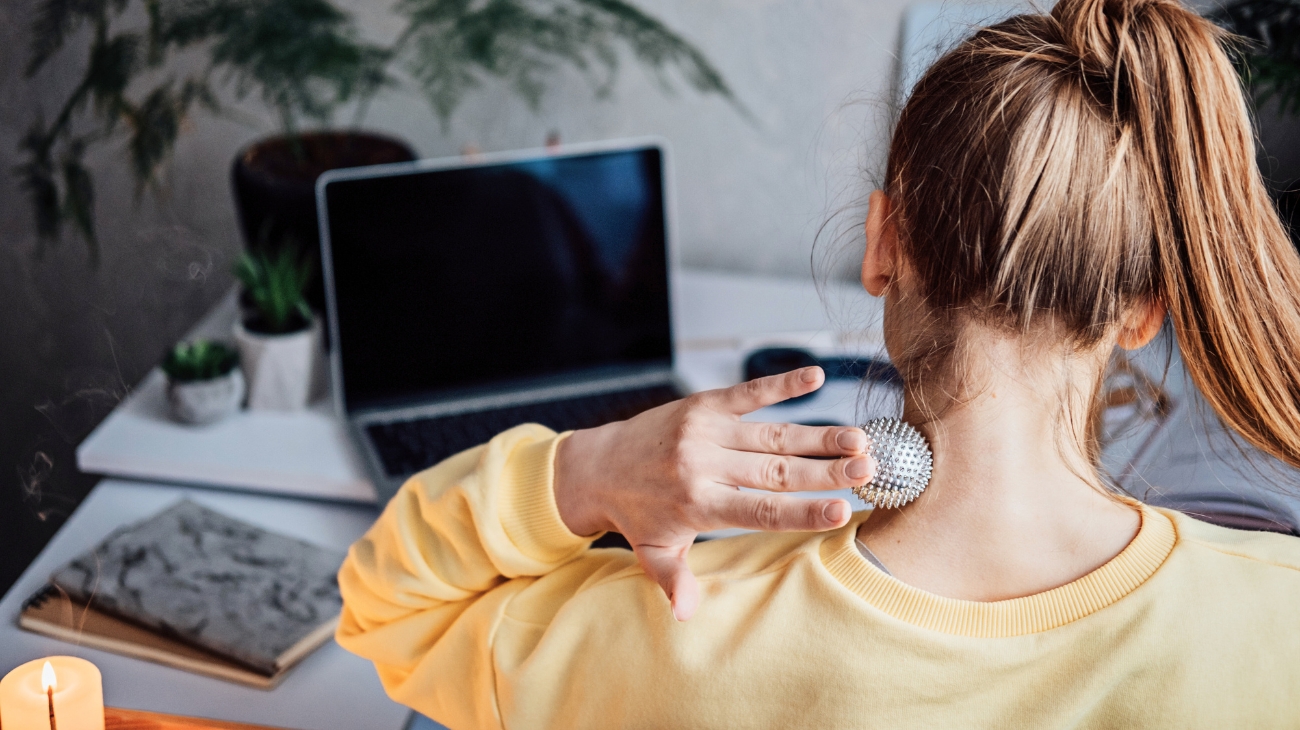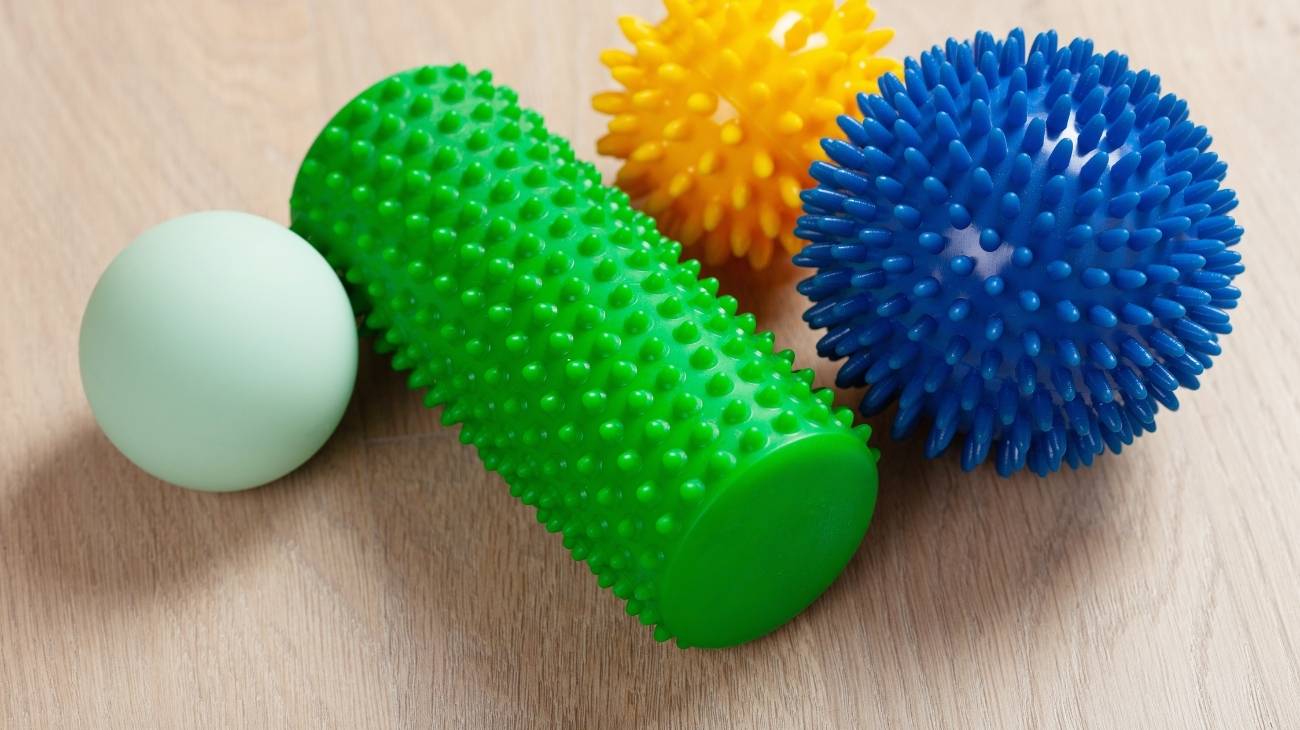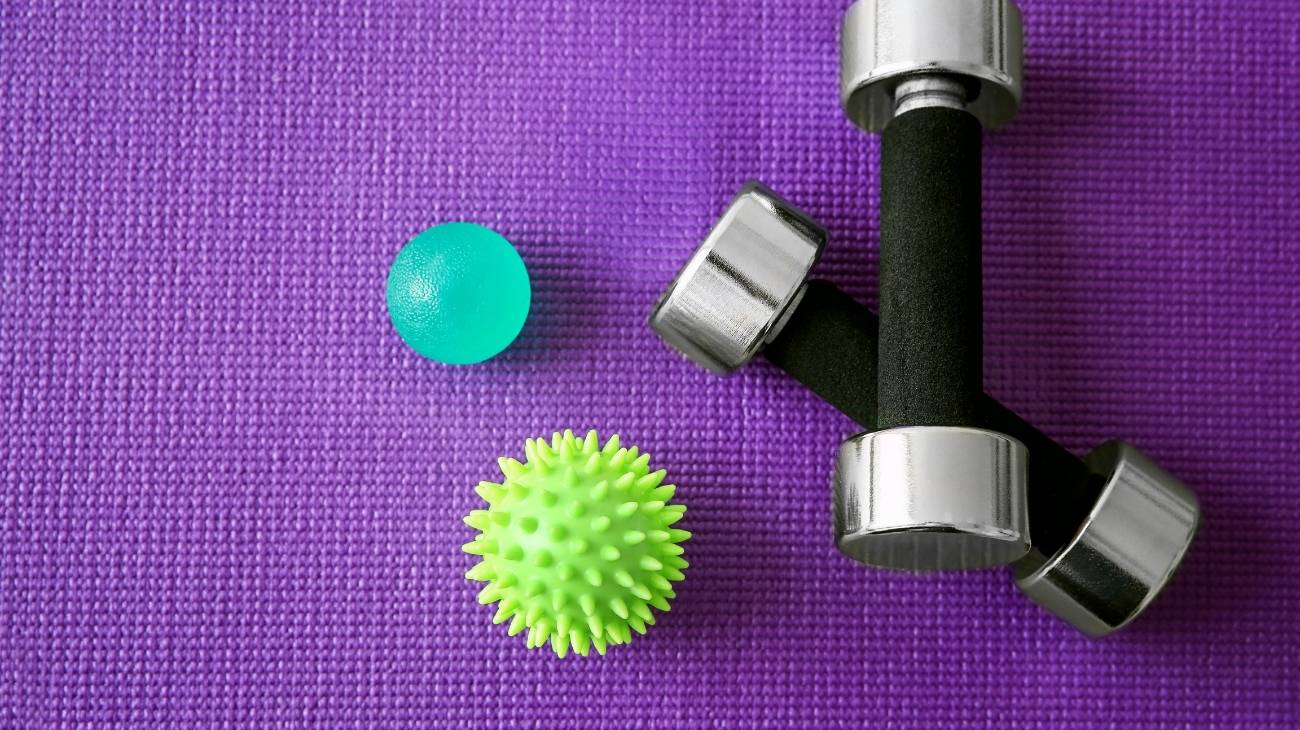With myofascial massage balls, ischaemic compression is achieved which reduces the limitations in muscle movement associated with muscle contractures in areas known as trigger points.
These points can be present in the myofascial tissue and musculature, so before starting therapy, the area to be treated must first be detected and stimulated with gentle pressure to avoid further damage to the connective tissues.
Trigger points: what are they?
Did you know that using a massage ball for just 30 seconds can improve muscle flexibility? A study published in the Journal of Sports Rehabilitation found that rolling a massage ball over tight muscles for 30-60 seconds can increase range of motion by up to 10%, making it an effective alternative to static stretching. This is particularly useful for areas like the calves, hamstrings, and shoulders to enhance flexibility and reduce stiffness.
The human body has trigger points and activation points, the latter are stimulated to bring relief to the tissues in that area and reduce pain in a nearby area connected to it, for example, treating areas of the back to calm migraine headaches.
Both types of points are caused by overwork, either from physical or sporting activities, which leave the muscles exhausted and with contractures. These points are caused by working all day in front of a computer, being on your feet and by an adjustment of sports training.
Types of massage balls for trigger points
Did you know that placing a massage ball under your foot can relieve plantar fasciitis pain? Research in the Journal of Orthopaedic & Sports Physical Therapy found that rolling a massage ball under the arch of the foot for 2-3 minutes daily can significantly reduce heel pain and improve foot mobility. This technique stimulates blood flow, breaks up adhesions, and helps loosen the fascia, making it a simple and effective treatment for foot discomfort.
- Lacrosse balls: this product comes as a stand-alone product and in a pack of various sizes, this is usually the best option to buy because you can vary the intensity of the massage to your liking, depending on the points you want to release. You should start with the softer balls to prepare the musculature.
- Balls with spikes: they are usually made of highly flexible material, which adapts to the silhouette in different parts of the body, they are not exclusive to the back, but they have a great positive effect on it. With the spikes you have more depth in each massage.
- Peanut-shaped balls: they are great for stimulating all the muscles near the spine without touching the bones, which should not receive this type of stimulation with pressure. With the massager, problems are solved from the lumbar to the cervical area.
- Vibrating balls: these are for more domestic use because all you have to do is turn on the product and place it with your hand on the place where you feel the most stiffness, although you can also use it as if it were a Lacrosse ball, on the floor or leaning your body against the wall.
- Foam roller: although it is not a massage ball, it is also a product that serves to stimulate myofascial tissue and massage trigger points. They cover a larger area than massage balls, but are less effective in tight areas.
Bestseller
Best exercises with massage balls
Did you know that using a massage ball against a wall is one of the best ways to relieve upper back tension? A study in the International Journal of Sports Physical Therapy found that applying pressure with a massage ball between the shoulder blades for 60-90 seconds can reduce muscle tightness and improve posture. This technique works by targeting trigger points in the trapezius and rhomboid muscles, which often hold tension from prolonged sitting and poor posture.
Neck Exercises
- Always lie flat on the floor or a solid surface.
- Place the massage ball on the back of the neck, under the base of the skull.
- Gently roll your head from side to side.
- Avoid contact with the bones.
- If you feel a hard area, hold that position with light pressure for 30 seconds.
- This routine can be done for two minutes.
Chest Exercises
- The area where it has the greatest effect is the hips.
- Lie on the ball and on the side where there is stiffness.
- Support your body with your forearm to regulate the pressure.
- Place your upper leg in front of you.
- The massage ball should be between your body and the floor.
- Move your hip in several directions to release the knot.
- Hold the same position for 30 seconds where you find a hard muscular part.
Back Exercises
- In this area it is preferable to use the peanut-shaped ball.
- Place the ball between your body and the floor.
- Start the gentle pressure from the end of the back and the beginning of the hip.
- The movements should be forward and backward.
- If you are using a Lacrosse or spiked ball, you can make lateral movements.
- Reposition the ball to stimulate another level of the lower back.
- Remember to breathe slowly at all times.
Leg Exercises
- You should stimulate both the quadriceps and hamstrings (front and back of the thigh).
- Place the ball on both parts separately.
- Perform smooth forward and backward glides.
- Keep pressure where there is the most stiffness.
- Remember to do this routine on both sides of the leg for two minutes.
- The pressure on the trigger points should be no longer than 30 seconds.
- For the feet, you should only step on the softest ball.
- Try to make gentle movements in all directions.
- As the arch of the foot is sensitive, you should not apply too much pressure.

